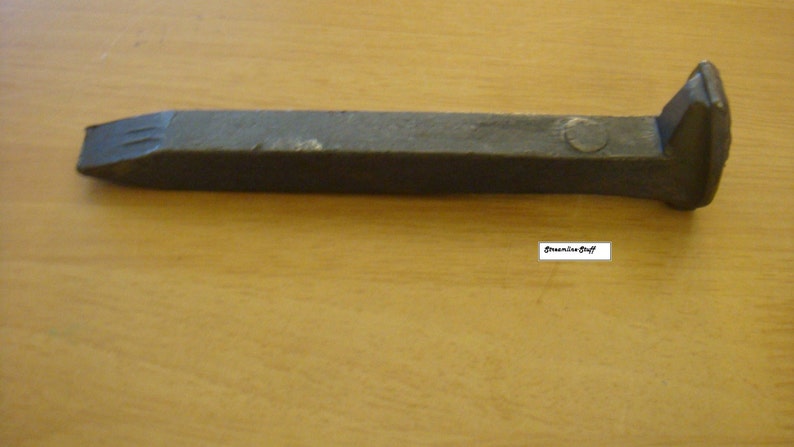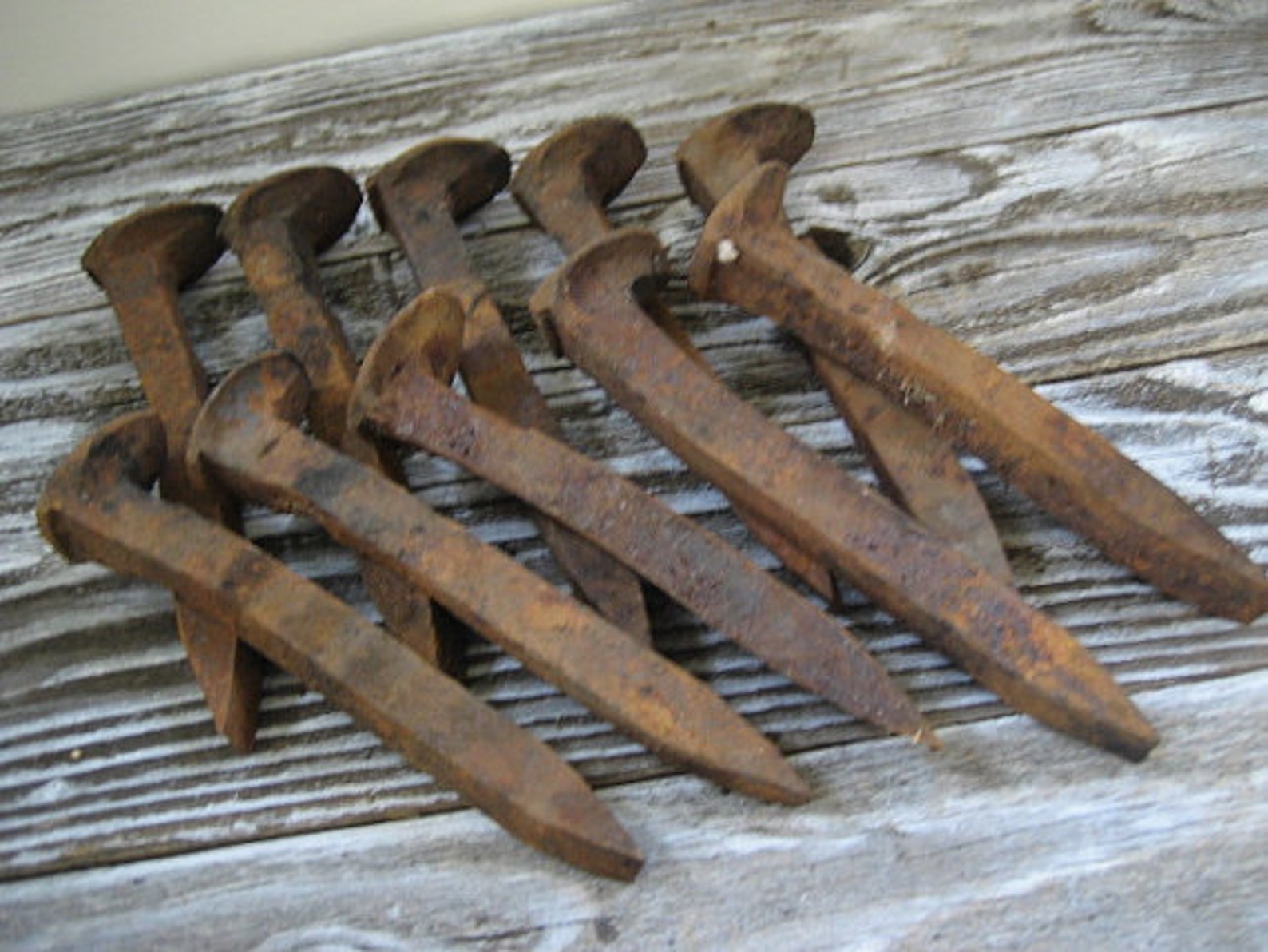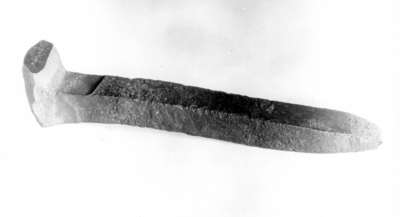

Therefore I did some quick napkin math for you down below:
RAILROAD SPIKE CARBON CONTENT HOW TO
Not the greatest steel for a knife but it can be used if you know how to do the right thermal treatment.However, it may be difficult to compare the pricing of these spikes with other sources of steel stock. I do mine a bit differently than most folks do.Īll in all.just be honest with your clientele, tell them that these are more for a "novelty" than for serious use, although alot of my clients use them ALOT in re-enactment settings and they grab them up by the dozens. I am woreking on a batch of 50 of these right now that I will have done later today or early tomorrow, I might just post a pick of a few. I can get mine "shaving sharp" and using cold caustic soda brine as a quenchant they get just hard enough (at least for me) to take and hold a decent edge for a decent length of time.Not the greatest material in the world but it does have what I call the "wow" factor. Now will they cut? Sure they will.if properly done but they will not be as good at holding an edge as say a knife mde from 1084 or 1095, but for what they are, they will serve the purpose. There is more to making a knife than just the materials involved.PROPER and careful thermal treatment, a thermal treatment that is OPTIMAL for that particular material will work wonders on the end use, couple that with good edge geometry and you will have a pretty decent knife. I have made 100's and 100's of these things and when properly heat treated, they aren't all that bad, considering what they are. However, we refer to them as high carbon, they are not within the range of steels known as high carbon or hypereutectoid according to the steel industry standards, and have not been since at least 1926, when most track spikes were previously manufactured from wrought iron."" The consequences for the industry would be too great to consider.

Abent spike still holds the rail while a fractured spike would not. After all, brittle spikes would not be desirable as a track spike. "Because of the bending tests required, the carbon content will not be greater than 0.30%. When copper is specified, the letters "CU" shall be added."Īdditionally included in a fax to Mike Blue by the gentleman at Wellington industries, a division of Sheffield Steel: Marking: A letter or brand indicating manufacturer and also the letters "HC" indicating high carbon, shall be pressed on the head of each spike while it is being formed. Thickness of the spike without cracking on the outside portion of the bent port Through 120 degrees around a pin, the diameter of which is not greater than the
RAILROAD SPIKE CARBON CONTENT FULL SIZE
G properties: The body of a full size finished spike shall stand being bent cold Reater than 0.30%, nor greater than 0.20% copper. 2-3: Specifications for high carbon steel track spikes 1968. S specified, the letters "CU" shall be added. A letter or brand indicating the manufacturer shĪll be pressed on the head of each spike while it is being formed.

T cold through 180 degrees flat on itself without cracking on the outside portio "A low carbon track spike will not contain greater than 0.12% carbonīending properties: The body of a full size finished spike shall stand being ben

Two sizes of track spike are identified, one of 5/8 inch square shaft and Two classes of track spikes are given specifications, both low carbon and high cĪrbon. Original document, 1926, revised last in 1968 "American Railway Engineering Association's Specifications for Soft-Steel Track Spikes.


 0 kommentar(er)
0 kommentar(er)
